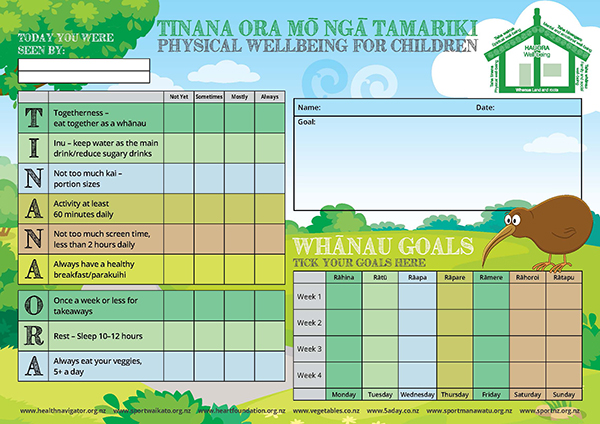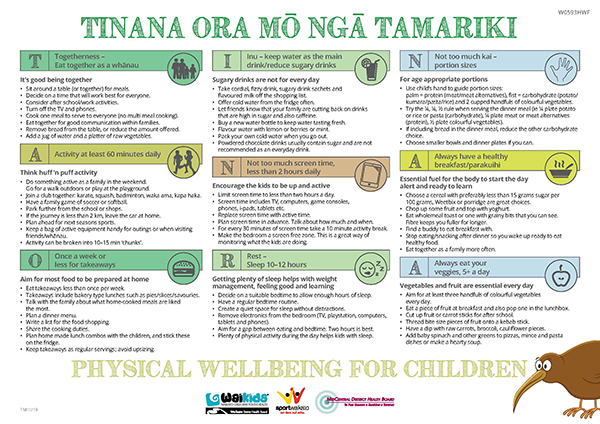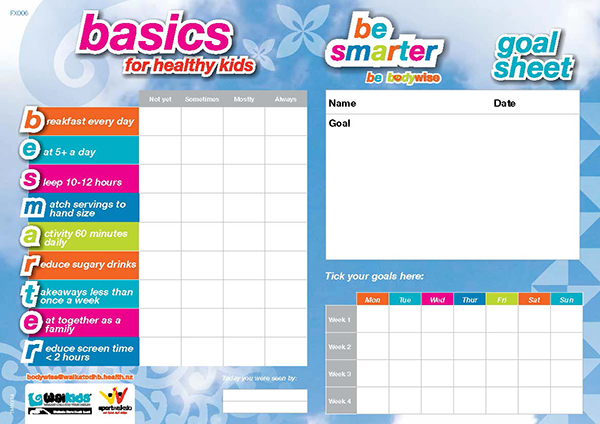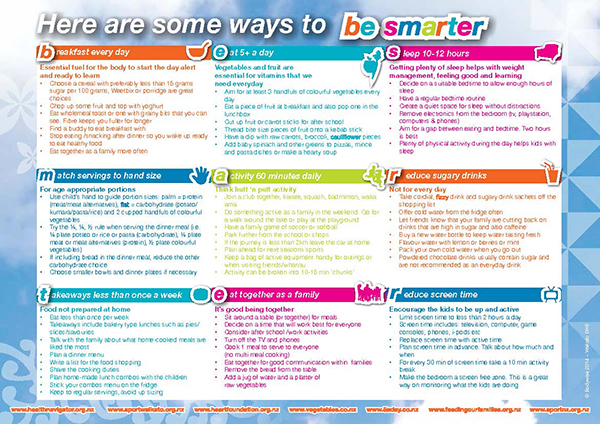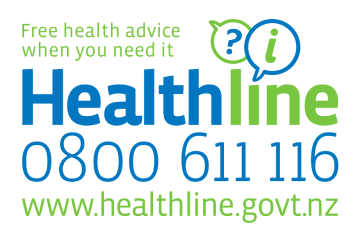Type 2 Diabetes In Children - An Overview
Type 2 Diabetes In Children - An Overview
Type 2 diabetes is a lifelong condition. You can minimise the long-term risks and complications for your child.
Key points about type 2 diabetes in children
- the medical name for diabetes is diabetes mellitus
- diabetes is a condition that happens when the level of glucose in the blood is too high for a long time
- type 2 diabetes is more common in adults but can happen in tamariki (children) and rangatahi (young people)
- type 2 diabetes is a lifelong condition - once your child is diagnosed with diabetes, they will always have it
- diabetes can lead to serious complications but you can minimise the risk by maintaining blood glucose levels within a healthy range as much as possible, keeping physically and mentally healthy and following your treatment plan
- the treatment for type 2 diabetes includes weight management, healthy diet, regular daily exercise and medicines
What is type 2 diabetes?
You might find it helpful to watch the animated video about diabetes and the body at the top of the page.
Type 2 diabetes is a lifelong condition where the level of glucose in the blood is too high. This happens because of a combination of 2 factors.
Insulin resistance
The pancreas is producing insulin but it cannot work properly because the body if 'resistant' to it. This means the body needs more and more insulin to achieve the same effect.
Insulin resistance is more likely in people:
- who have family members with insulin resistance
- who are overweight
- who don't get enough exercise
Reduced insulin production
After a period of producing more and more insulin, the pancreas becomes exhausted and cannot make enough insulin.
Glucose and insulin
Glucose is the main source of energy in our bodies. It is mostly made when our bodies break down the carbohydrates that we eat or drink.
Glucose is absorbed from the gut into the blood stream.
Insulin is a hormone produced by special cells called beta cells in the pancreas. The pancreas is an organ in the abdomen, behind the stomach.
Insulin allows the glucose from the bloodstream to move to the cells in the body. From there it's used as fuel for energy.
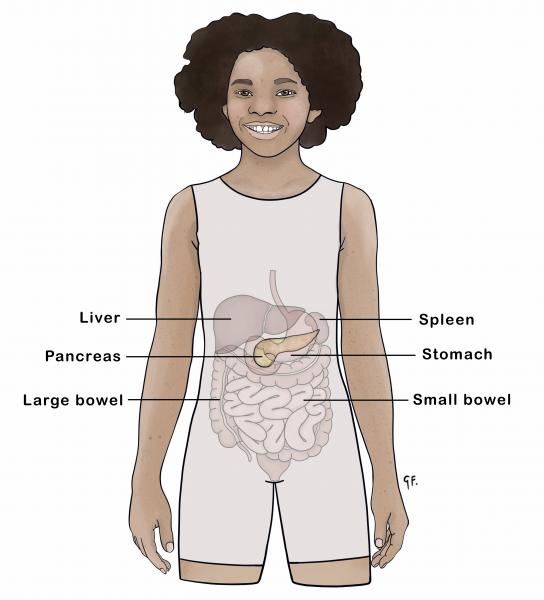
What are the risk factors for type 2 diabetes?
There are known risk factors for having type 2 diabetes.
Family members with diabetes
You are more likely to develop type 2 diabetes if other members of your whānau have type 2 diabetes.
Environmental factors
- being above a healthy weight
- not getting enough exercise - the recommendation is for tamariki to have 60 minutes of 'huff and puff' activity every day
- eating too much food, especially fats, takeaways, fast foods and sugar
Can you prevent or delay type 2 diabetes?
You can prevent or delay type 2 diabetes by making changes to the environmental risk factors.
The risk of getting type 2 diabetes lessens by becoming physically active and eating a healthy diet.
How long does diabetes last?
Type 2 diabetes is a lifelong condition. But the symptoms may lessen and the treatment may reduce if a person:
- becomes physically active
- eats a healthy diet
- doesn't gain weight
What are the symptoms of type 2 diabetes?
Symptoms usually develop gradually.
Some people with type 2 diabetes have few or no symptoms but a lot of tamariki and rangatahi will have the following symptoms:
- being very thirsty and drinking a lot
- weeing a lot
- having new or more wet accidents
- having new or increased bedwetting
- weight loss despite being hungrier and eating more
- being tired and having low energy
- mood changes
- fungal infections (thrush)
- dark skin patches in certain areas of the body (the medical name is acanthosis nigricans)
What should I do if I think my child may have type 2 diabetes?
If you suspect your child has diabetes, please seek medical attention as soon as possible.
Diabetes is diagnosed by assessing the risk factors and symptoms, and doing a blood test. If your child has risk factors for type 2 diabetes, your doctor may want to do blood tests for diabetes even when there are few symptoms.
Your child might need a test called an oral glucose tolerance test. This involves drinking a sweet liquid, and then checking glucose levels in the blood.
What is the treatment for my child with type 2 diabetes?
The goal of the treatment for type 2 diabates is to stabilise blood glucose levels as much as possible. The aim of treatment is to make your child feel better and to prevent health complications later in life.
The treatment of type 2 diabetes is about a balance between:
- Healthy lifestyle, which includes healthy eating and physical activity.
- Diabetes medicine.
Make healthy changes
It's very important to involve all the family and whānau in supporting your child or young person to make healthy changes.
They can do this by:
- eating a healthy diet centred on whole foods and less processed foods where possible
- being active and doing regular physical activities
- continuing to live the same type of lifestyle throughout their teens and into adulthood
Consider food choices
See the KidsHealth page on healthy eating for children with diabetes.
Encourage your child to be active
All tamariki and rangatahi should aim to get 60 minutes of moderate to vigorous activity every day. This should include muscle-strengthening exercises 3 days a week.
See the KidsHealth page on encouraging children and young people with diabetes to be active.
If your child is using insulin, they may need to do the following around activity, to avoid hypoglycaemia:
- have extra carbohydrate
- adjust insulin dosing
Your diabetes team will discuss this with you.
Aim to limit recreational screen time to a maximum of 2 hours a day. Avoid things that involve sitting for long periods of time.
Please talk with your diabetes team about specific recommendations for your child.
Achieve and maintain a healthy weight
Achieving and maintaining a healthy weight is an important part of diabetes management. It helps prevent health problems later in life.
Check further down the page for some resources to help you with healthy choices.
Medicines
Most tamariki with type 2 diabetes need medicines:
- tablets (such as metformin) which help the body to use insulin more effectively and lower blood glucose levels
- injection medicines (such as insulin) if the body is not making enough insulin
Some tamariki may also need medicines to help with blood pressure, kidney health or cholesterol level.
Why is it important to monitor blood glucose levels?
It's important to monitor blood glucose levels and try to keep them within target range (4 to 8 mmol/L) even if your child is feeling 'OK' at the moment.
High blood glucose levels over a long period of time leads to serious complications. Screening is important to find any possible developing complications early.
Possible complications include:
- eye problems (retinopathy, cataracts)
- kidney problems (nephropathy)
- nerve problems (neuropathy)
- foot problems
- heart and blood vessel problems leading to heart attack and stroke
Tamariki with type 2 diabetes and obesity are also at a higher risk of:
- obstructive sleep apnoea
- fatty liver disease
- polycystic ovary syndrome
See KidsHealth's page on possible complications in children with diabetes.
You can minimise long-term risks and complications by:
- keeping blood glucose levels in target range as much as possible
- staying healthy with a healthy diet and more exercise
- learning as much as you can about diabetes
Learning about diabetes
There is a lot to learn about how to care for a child or young person with diabetes.
This learning involves the whole family, whānau, and other people that are involved in the life of a child or young person - school staff, friends, neighbours, sports coaches, etc.
What else can I do to help my child with type 2 diabetes?
Provide care, help, support and encouragement
A child or young person living with diabetes needs a lot of care and help with establishing healthy habits.
It's important that the whole family embrace and encourage healthy habit changes including:
- increasing exercise
- maintaining healthy weight and healthy eating
Be supportive and understanding but make sure your child gets the treatment they need.
Help your child maintain long-term health and minimise the risk of diabetes complications.
Go to regular appointments
Go to regular reviews by the diabetes team.
Talk to the school
Talk to your child's school about extra supports that the school and the Ministry of Education can provide.
See KidsHealth's page about creating a safe environment for children with diabetes at school.
Reach out to the local and online communities and support groups
For example:
Resources on physical wellbeing for children
Tinana ora mо̄ ngā tamariki | Physical wellbeing for children resource
See more KidsHealth content on diabetes
This page last reviewed 08 December 2023.
Do you have any feedback for KidsHealth?
If you have any feedback about the KidsHealth website, or have a suggestion for new content, please get in touch with us.
Email us now